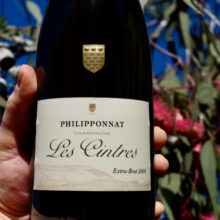
Product information
Philipponnat ‘Les Cintres’ 2008
$790
Description
“Philipponnat’s 2008 Les Cintres, 100% Pinot Noir from the most exposed, ripest portion of Clos des Goisses, is just as impressive as it was last year. Creamy, rich and expressive, with stunning depth, the 2008 hits all the right notes. Brioche, baked apple, apricot and a kiss of new French oak are all amped up in this beautifully exotic, totally alluring Champagne. Time in the glass simply allows the wine to grow into its ample frame. The Cintres has a bit more new oak than most of the Philipponnat Champagnes, but that should not be an issue over time. Today, it is flat out stunner.”
Galloni
Out of stock
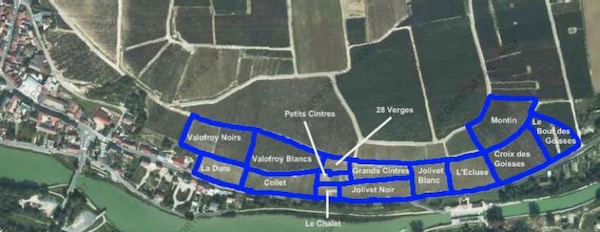
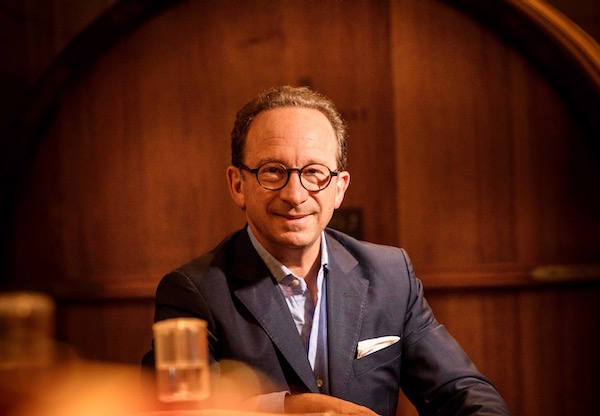
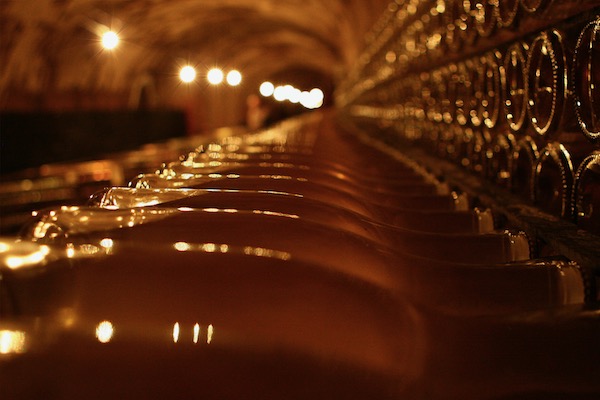


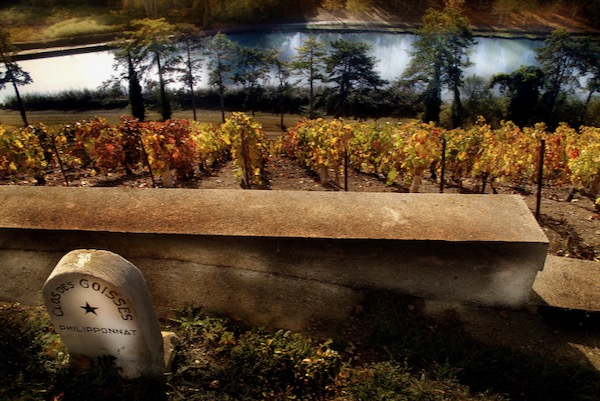
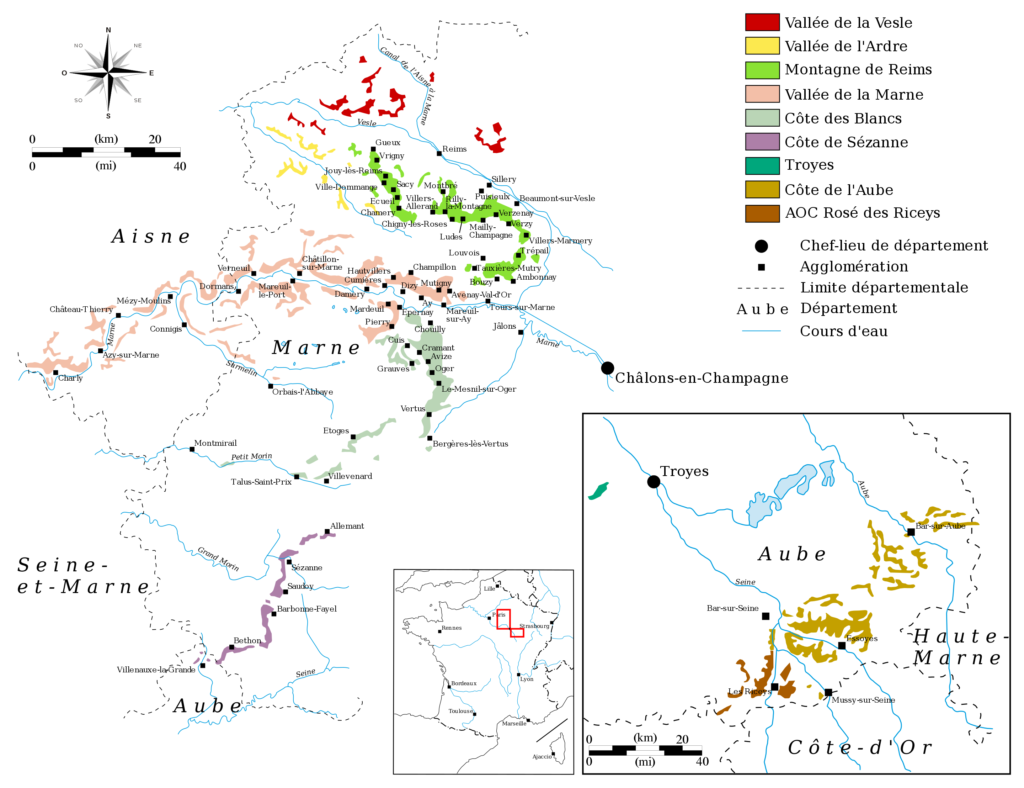



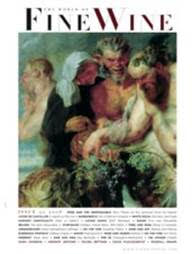
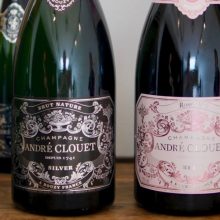

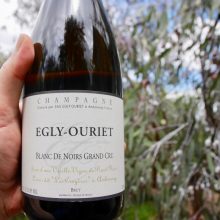

You must be logged in to post a comment.